
Electric hoists are essential lifting tools widely used in manufacturing, строительство, логистика, and maintenance industries. To ensure consistent performance, безопасность, and quality, leading hoist manufacturers often design their products in compliance with international standards. Among these, the FEM (Fédération Européenne de la Manutention) and DIN (Deutsches Institut für Normung) standards are two of the most recognized in the European and global markets.
Онлайн -чатВ этой статье, we will explore what FEM and DIN standards mean for electric hoists, how they impact product design and performance, and why choosing an Электрический подъемник built to these standards is crucial for your operation.

FEM Standards are guidelines issued by the European Materials Handling Federation. They focus on safety, долговечность, and classification of lifting equipment, particularly in terms of duty cycles and load handling.
DIN Standards are technical standards developed by the German Institute for Standardization, covering nearly all aspects of engineering and product safety. In the lifting industry, DIN standards specify technical requirements, dimensions, testing methods, и многое другое.
FEM categorizes hoists based on:
Operating Time per Day
Load Spectrum (average load vs. номинальная мощность)
Number of Starts per Hour
This classification helps determine the mechanical and electrical endurance of the hoist. Например:
FEM 1Bm: Light duty applications
ФЭМ 2м: Medium to heavy duty (common in manufacturing)
FEM 3m or higher: High-frequency operations (НАПРИМЕР., in steel plants or heavy logistics)
DIN standards ensure:
High safety factor in lifting mechanisms (typically 4:1 or higher)
Precision engineering for gearboxes, motors, and brakes
Standardized testing for overload protection, temperature resistance, and emergency operation
Electric hoists manufactured according to DIN dimensions and FEM classifications provide easier:
Component replacement
System upgrades
Cross-brand compatibility (in some cases)
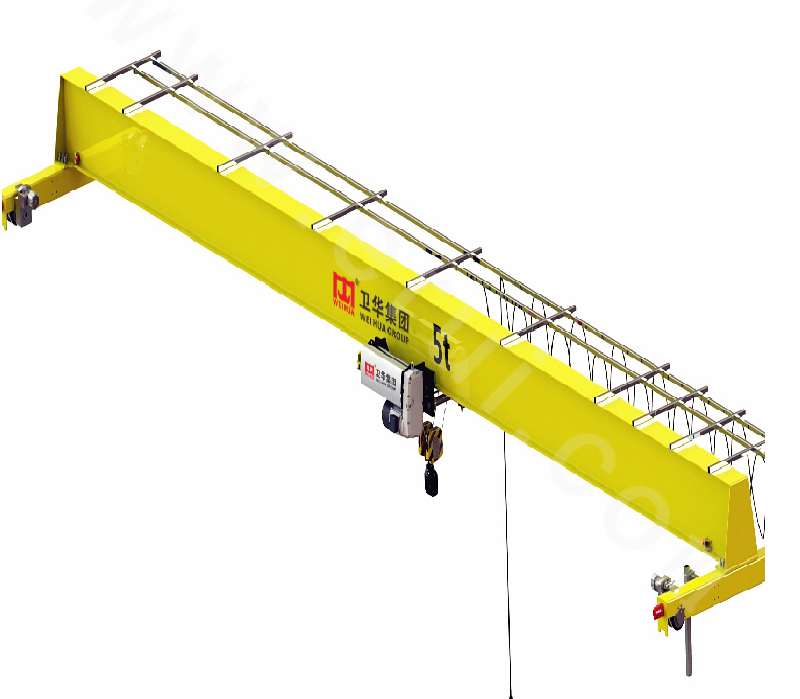
1. Longer Service Life: Designed for specific duty cycles, reducing overuse.
2. Higher Safety Standards: Protects workers and goods during lifting operations.
3. Reduced Maintenance Costs: Predictable wear and easier part sourcing.
4. Improved Operational Efficiency: Optimized for specific workloads and cycles.
5. International Compliance: Easier to pass safety audits and certifications.
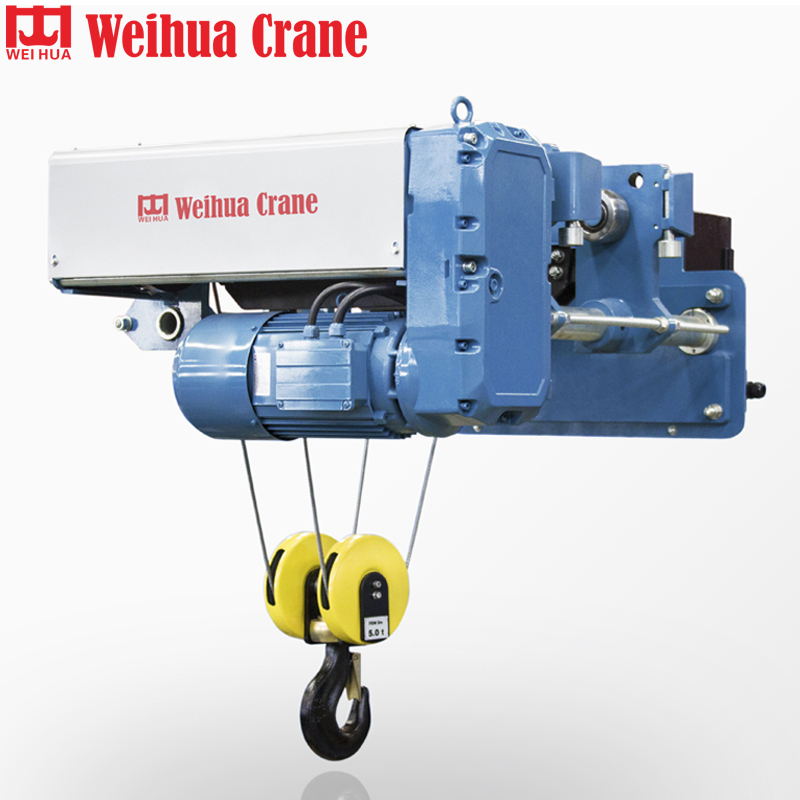
1. Производственные предприятия – consistent, repetitive lifting operations
2. Automotive and aerospace – precision handling of parts
3. Metallurgy – high-temperature environments and heavy loads
4. Складирование и логистика – fast, efficient material flow
5. Строительные площадки – robust lifting under demanding conditions
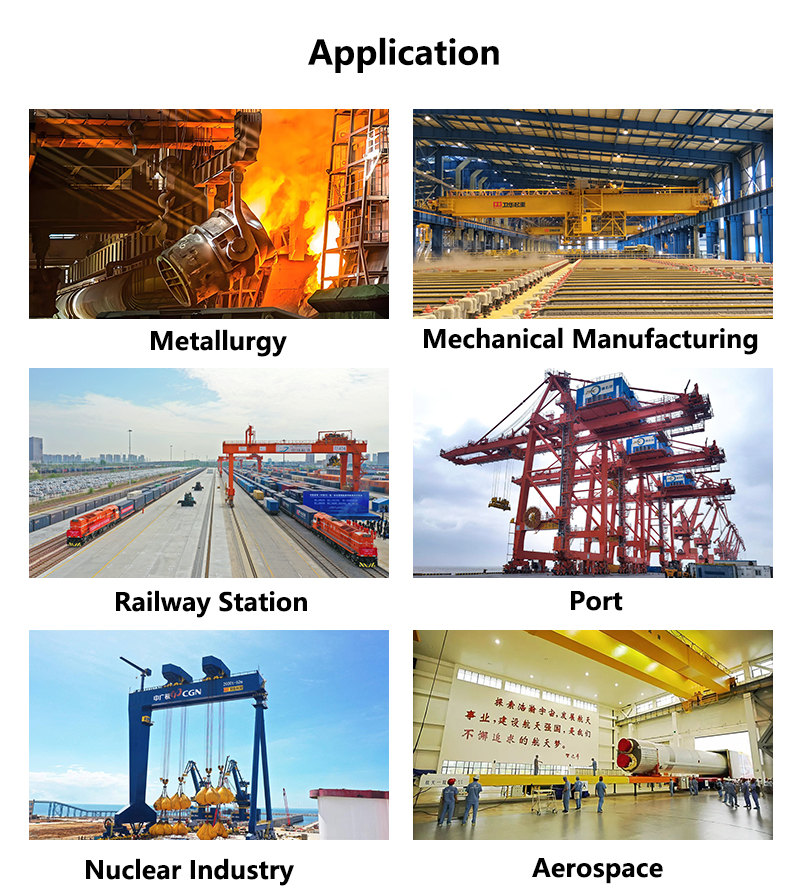
1 квартал. What is the difference between FEM and DIN standards?
А1. FEM standards classify hoists based on duty cycles and usage conditions, focusing on operational performance and longevity. DIN standards, on the other hand, define technical specifications, safety requirements, and dimensions for standardized design and manufacturing.
2 квартал. Why should I choose an electric hoist with FEM/DIN compliance?
А2. Electric hoists with FEM/DIN compliance offer higher safety, better durability, predictable maintenance, and international acceptance. They’re especially suited for industrial environments that demand consistent, heavy-duty lifting.
Q3. What does FEM classification (НАПРИМЕР., 1Bm, 2м) mean?
А3. FEM classification indicates the hoist’s designed duty cycle:
1Bm: Light-duty (low usage, low load)
2м: Medium to heavy-duty (frequent use)
3m and above: Intensive use (industrial and heavy lifting)
It reflects the expected mechanical wear life and load handling capacity.
Q4. How do I know which FEM class suits my application?
А4. Analyze your operation’s:
Average daily operating hours
Load spectrum (how often full capacity is used)
Number of lifting cycles per hour
Then match it with the appropriate FEM class using manufacturer recommendations or an engineer’s assessment.
Q5. Are FEM and DIN standards mandatory?
А5. They are not legally mandatory in all countries, but they are widely adopted in Europe and internationally recognized as best practice standards. Many industries and buyers prefer or require compliance for quality assurance and workplace safety.
Q6. Can I use a FEM 1Bm hoist in a heavy-duty application?
A6. Technically yes, but not recommended. Using a light-duty hoist in a heavy-duty setting can lead to faster wear, higher risk of failure, and voided warranty. Always select a hoist that meets or exceeds your operational requirements.
Q7. Do FEM/DIN hoists cost more?
A7. They may have a higher upfront cost due to advanced design and safety components, but the long-term value is greater thanks to reduced downtime, longer service life, and lower maintenance costs.
Q8. Is maintenance easier on DIN-standard electric hoists?
A8. Да. DIN standards help ensure component uniformity, making parts replacement and service procedures more consistent and accessible, especially in international markets.

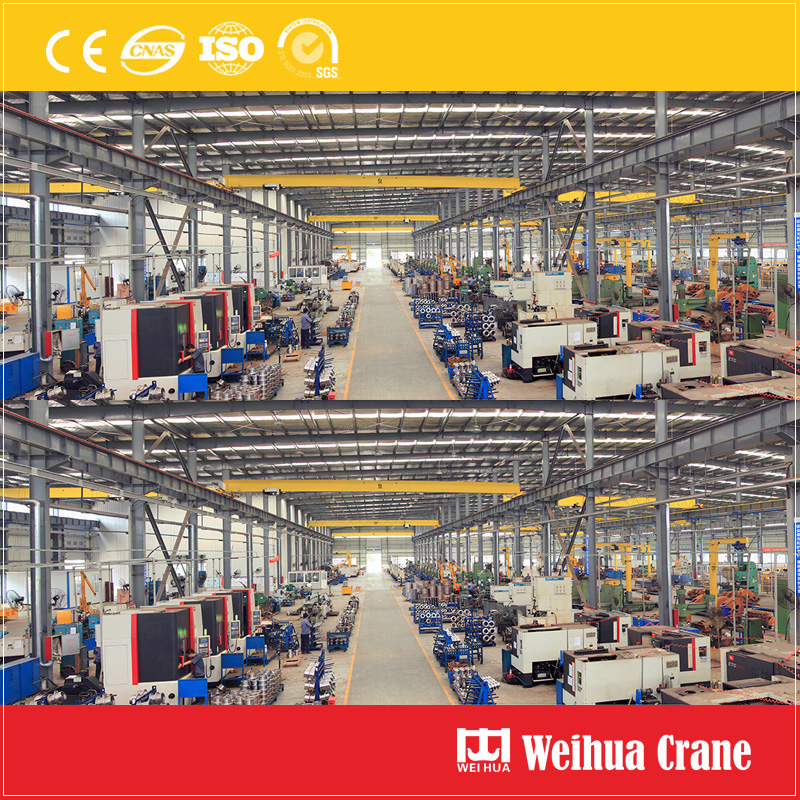
Investing in an electric hoist built to FEM and DIN standards is a strategic decision that ensures reliability, безопасность, and regulatory compliance. Whether you operate a light-duty warehouse or a heavy industrial plant, choosing the right hoist according to these standards guarantees better performance and peace of mind.
Before purchasing, always verify the hoist’s FEM duty classification and DIN compliance to make sure it suits your application. It’s not just about lifting—it’s about lifting smart and safe.
Мы ценим ваши отзывы! Пожалуйста, заполните форму ниже, чтобы мы могли адаптировать наши услуги к вашим конкретным потребностям.
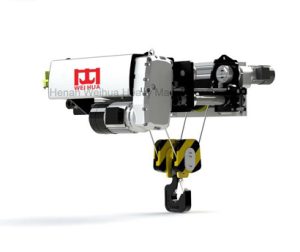
Небольшая электрическая таль — универсальный и мощный инструмент, предназначенный для подъема грузов., ниже, и двигаться……

Пульт дистанционного управления Electric Hoist Weihua является компонентом управления ядра промышленного LIF ……
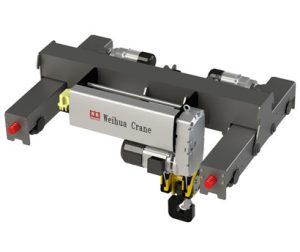
Традиционные электрические тали требуют значительного пространства между вершинами крюка……
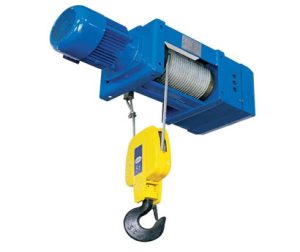
Обзор продукта Стандартный тросовый электрический подъемник FEM представляет собой высокопроизводительное подъемное устройство……
